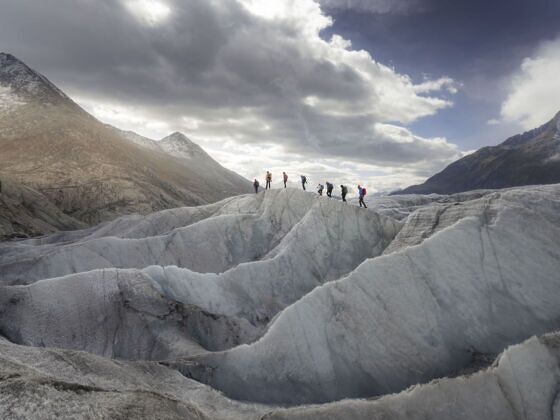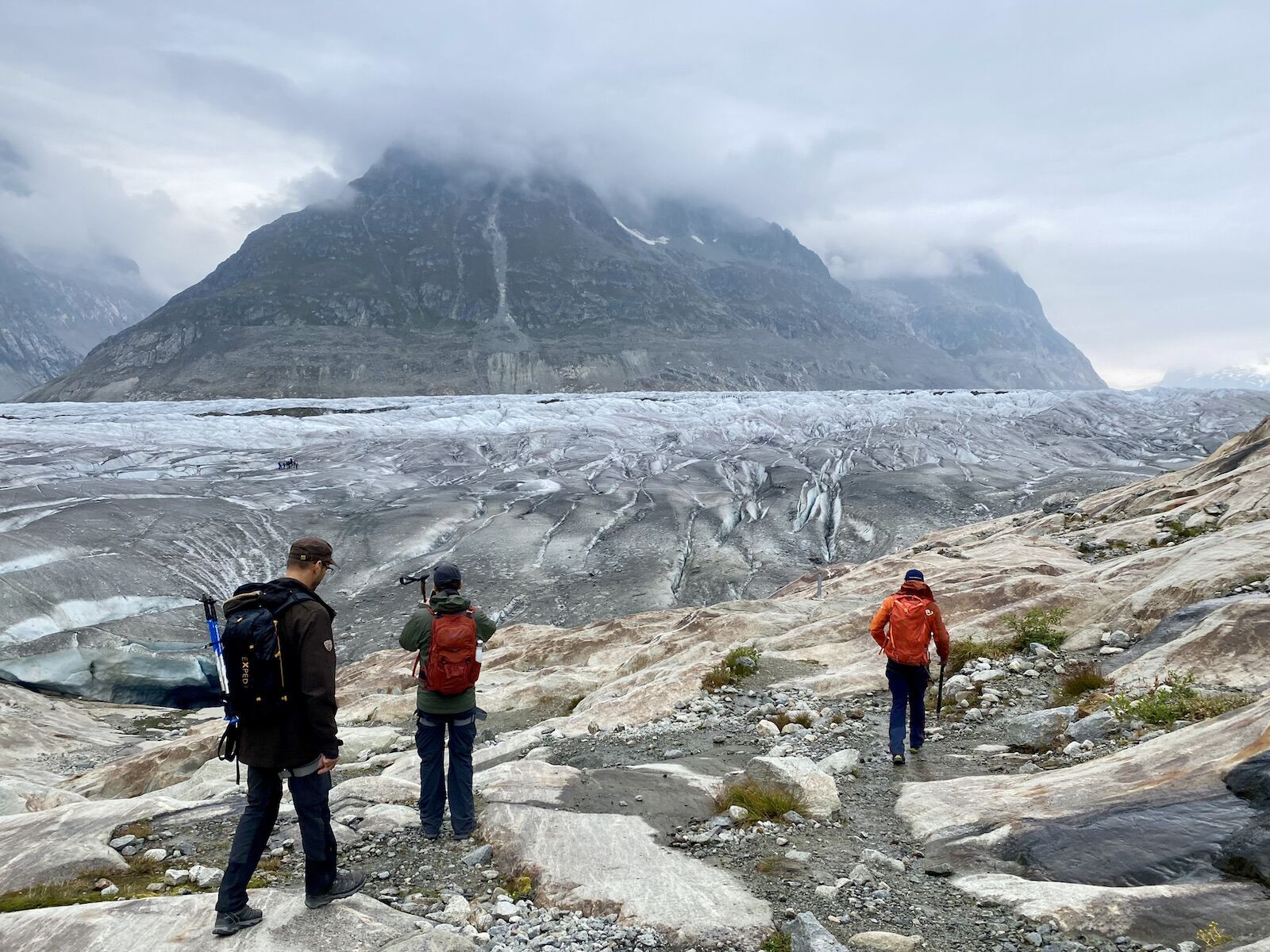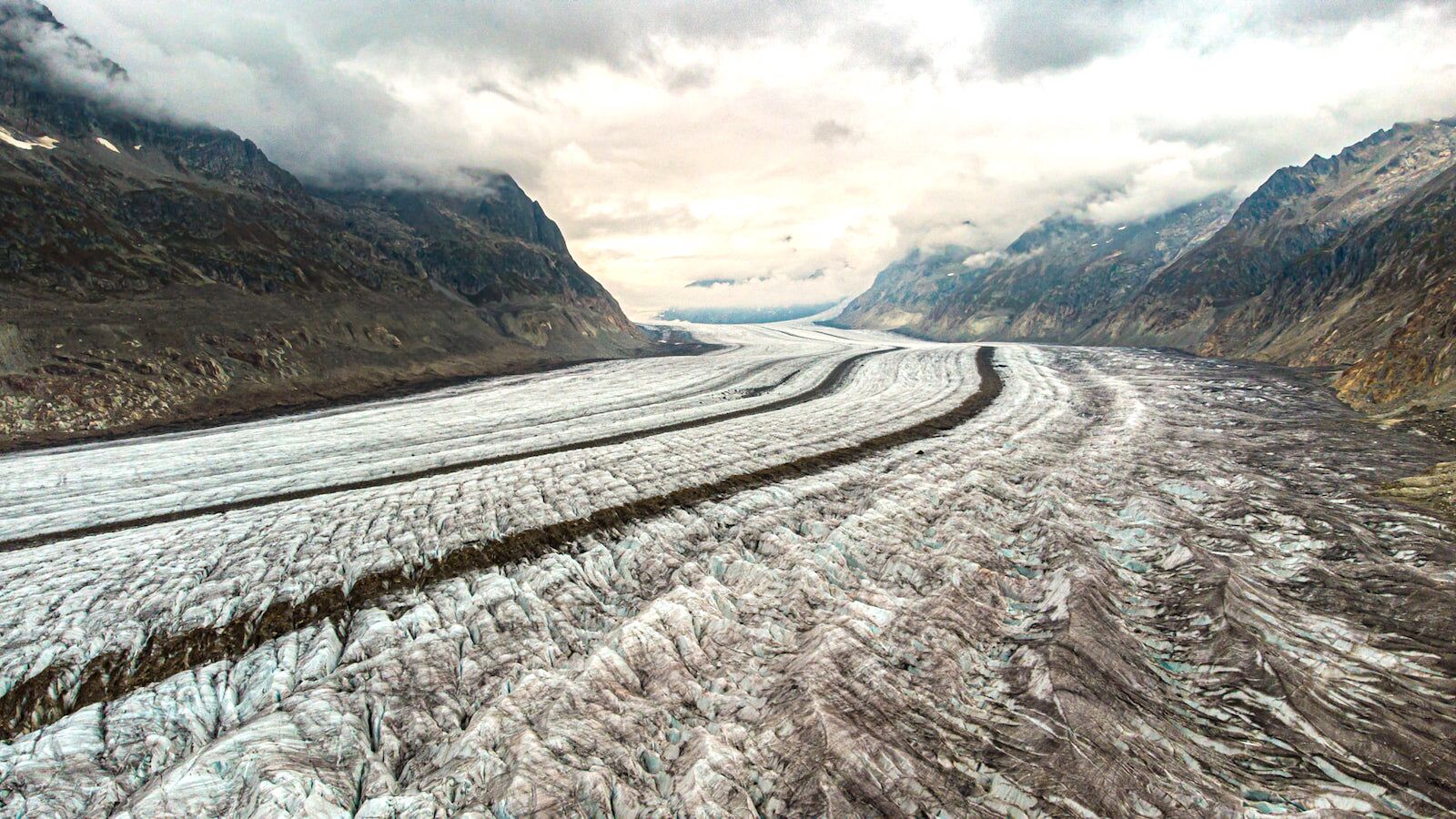“Have you ever had an accident with any of the people you guide on this glacier?” I asked mountain guide Yvan Volken, after we’d spent three hours exploring Aletsch Glacier – the largest glacier in the Alps. Volken has been guiding people over the massive ice sheet for two decades, and I was expecting to hear a few juicy stories.
“No, never,” he said to my relief – but also disbelief.





